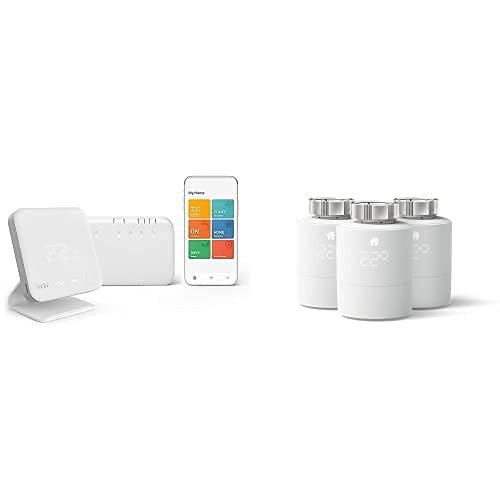Interior Lighting in the UK: A Comprehensive Guide
Interior lighting plays an important role in producing an atmosphere, boosting functionality, and expressing personal design within homes and companies. In the UK, where the weather condition can be unpredictable, effective lighting is not just about looks however likewise about making spaces feel warm, inviting, and useful. This article explores various elements of interior lighting, including types, trends, suggestions, and frequently asked concerns.
Comprehending the Importance of Interior Lighting
Lighting is typically thought about the foundation of interior style. It influences state of mind, performance, and the perceived size of areas. The right lighting can:
- Enhance the architectural functions of a room.
- Emphasize art work and decor.
- Improve security and security.
- Influence productivity in offices.
- Create a comfy ambiance for relaxation.
Types of Interior Lighting
Efficient lighting design normally integrates three main types of lighting: ambient, job, and accent.
1. Ambient Lighting
This is the primary source of light in a room, providing general illumination. Common sources include:
- Ceiling-mounted fixtures
- Chandeliers
- Recessed lighting
- Soft wall sconces
Ambient lighting develops a foundation from which other lighting types can develop upon.
2. Job Lighting
Task lighting concentrates on specific areas to assist in activities such as reading, cooking, or working. This type of lighting helps to decrease eye strain and can considerably impact functionality. Typical sources include:
- Desk lamps
- Under-cabinet lights in cooking areas
- Reading lamps beside beds
- Track lighting targeted at work surfaces
3. Accent Lighting
Accent lighting adds drama and highlights particular things or areas, such as art work or architectural functions. This kind of lighting can develop visual interest and depth in a space. Sources consist of:
- Picture lights
- Decorative lamps
- Uplighters
- LED strip lights along shelves
Utilizing a mix of these lighting types can result in a well-balanced and multifunctional area.
Popular Lighting Trends in the UK
The interior lighting landscape in the UK continues to progress, affected by design trends, innovation, and customer preferences. Here are some popular patterns to see:
- Smart Lighting: The development of smart innovation has actually transformed how people handle lighting in their homes. Smart bulbs and systems like Philips Hue enable users to control brightness and color temperature by means of their mobile phones.
- Minimalist Designs: Sleek, easy designs that blend seamlessly with interiors are dominating the marketplace. Pendant lights with delicate frames, LED strips, and geometric shapes are particularly stylish.
- Industrial Lighting: This trend showcases raw, discovered products. Metal fixtures and Edison bulbs use a vintage touch that is both trendy and functional.
- Eco-Friendly Options: With increasing awareness of sustainability, numerous consumers are turning to energy-efficient LED choices and fixtures made from sustainable products.
Tips for Effective Interior Lighting Design
Creating a reliable lighting plan needs thoughtful consideration of different factors. Here are some ideas:
- Consider the Purpose of Each Room: Every space has a various function. Consider what activities will take place and what kind of lighting will support those activities.
- Layer Lighting: Employ numerous kinds of lighting within a room to create depth and versatility. Combine ambient, task, and accent lighting to enhance both aesthetic appeals and performance.
- Usage Dimmers: Dimmers permit for control over brightness levels, making it possible for users to adjust lighting according to mood and time of day.
- Incorporate Natural Light: Make the most of natural source of lights like windows. Use light, reflective colors for walls and furnishings to make the most of brightness.
- Think About Color Temperature: Different color temperature levels (measured in Kelvins) create different atmospheres. Warmer temperatures (around 2700K-3000K) are cozy, while cooler temperature levels (4000K+) provide a more scientific or energetic feel.
Interior Lighting Mistakes to Avoid
To produce a well-lit space, it's necessary to prevent common lighting mistakes. Here are some mistakes to look for:
- Underestimating Wattage: Insufficient wattage can cause dim, unwelcoming spaces.
- Ignoring Scale: Fixtures that are too little for a room can look out of location, while oversized fixtures can overwhelm a space.
- Over-reliance on Ceiling Lights: Relying entirely on overhead lighting can produce uninviting shadows; balance with additional lighting types.
- Poor Placement: Misplaced lights can produce areas that are too brilliant or too dark. Plan positionings attentively.
FAQ Section
1. What is the distinction in between warm white and cool white light?
Warm white light (2700K to 3000K) produces a cozy, inviting environment, best for living spaces and bedrooms, while cool white light (4000K to 5000K) is more matched for workspaces as it enhances concentration and clearness.
2. How can I optimize natural light in my home?
To maximize natural light, usage light-colored walls, tactically location mirrors to reflect light, and choose for sheer window coverings that permit sunshine to go through.
3. How do I choose the ideal light fixtures?
Think about the size of your space, the design of your decoration, and the function of the area. Buy Wall Sconces UK of fixtures complements the room and matches the overall aesthetic.
4. Are LED lights better than traditional bulbs?
Yes, LED lights are more energy-efficient, have a longer lifespan, and can offer a range of color temperatures, making them a more sustainable lighting choice.
5. What should I do if certain areas of my room stay too dark?
Think about adding additional task or accent lighting to brighten those locations. Floor lamps, wall sconces, or even strategically put table lamps can assist reduce dark areas.
Interior lighting is an important aspect of home and business style throughout the UK. Understanding the different types, existing patterns, and best practices can assist property owners in developing spaces that are not just trendy but likewise functional. With thoughtful consideration and preparation, efficient lighting can change any environment, boosting both atmosphere and use for many years to come.

